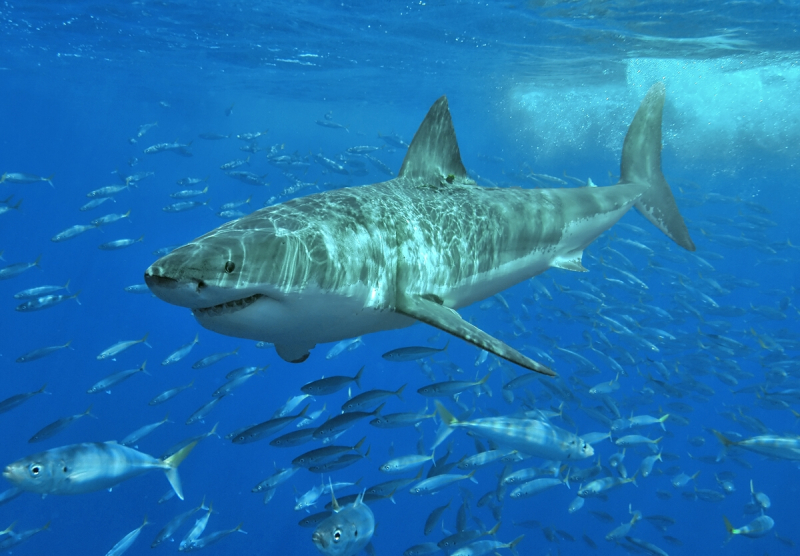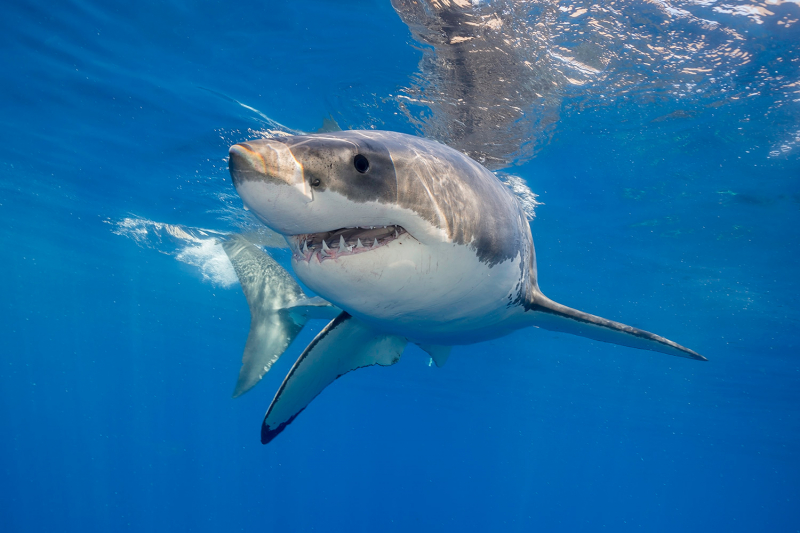The great white shark
One of the most dangerous animals in California is the great white shark. Aside from the orca in extremely rare instances, the great white shark has no other known natural predators, making it an apex predator. It is one of the main predators of marine mammals up to the size of huge baleen whales and is possibly the largest known living macropredator fish. In addition to fish and seabirds, this shark is known to feed on a range of other marine creatures. It is the only species of its genus, Carcharodon, that is still alive and has been implicated in more documented cases of human bites than any other shark.
Numerous ecological difficulties that the species suffers have led to international protection. The great white shark is listed as a vulnerable species by the International Union for Conservation of Nature and is a part of CITES Appendix II. Several national governments, like Australia, preserve it as well (as of 2018). Although attempts have been made in the past to maintain great white sharks in captivity, it is not logistically viable due to their extensive seasonal migration and extremely demanding diet. As a result, there are no known aquariums in the world believed to house a living specimen.










